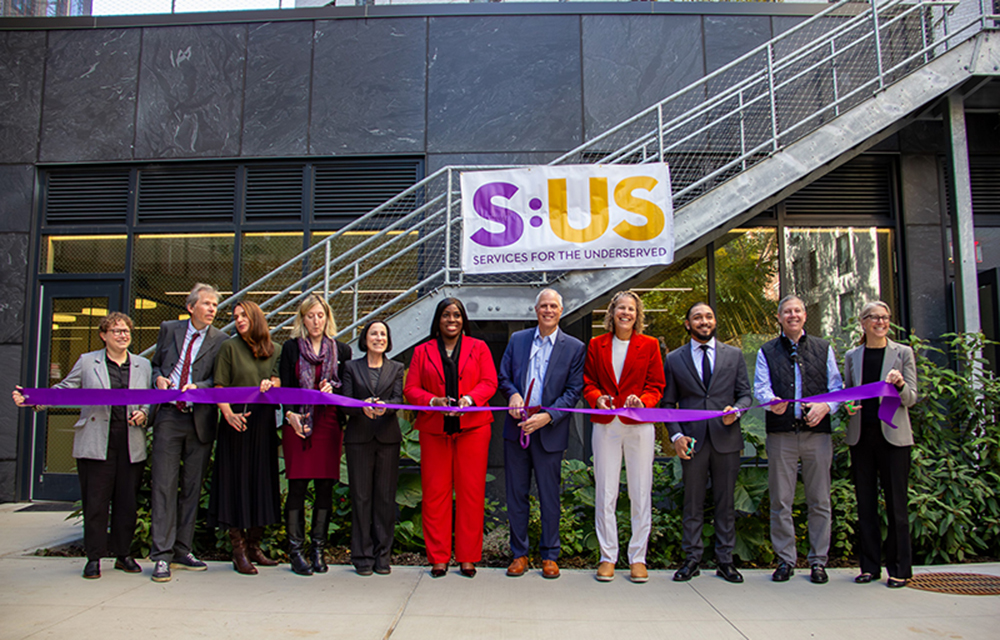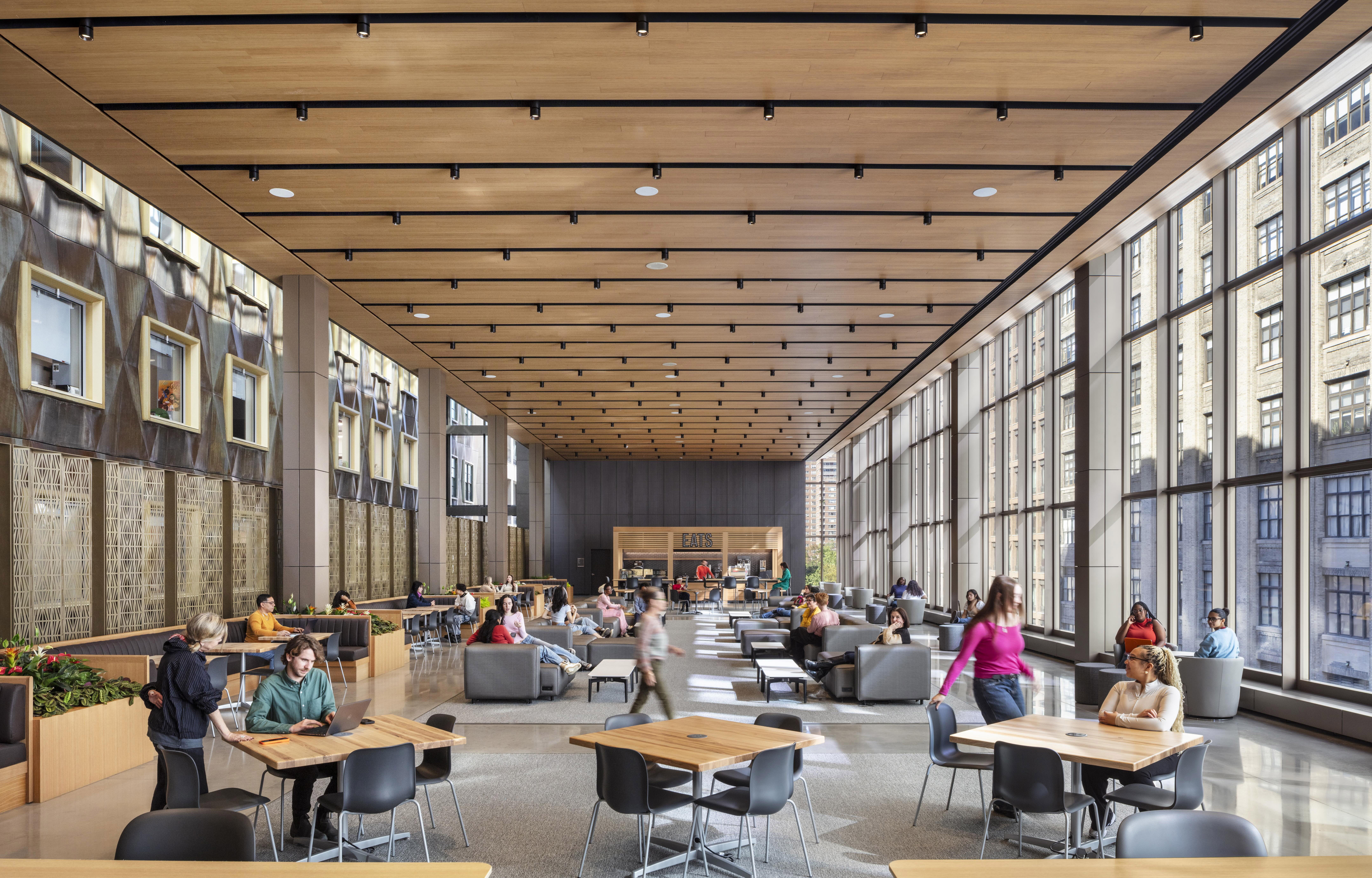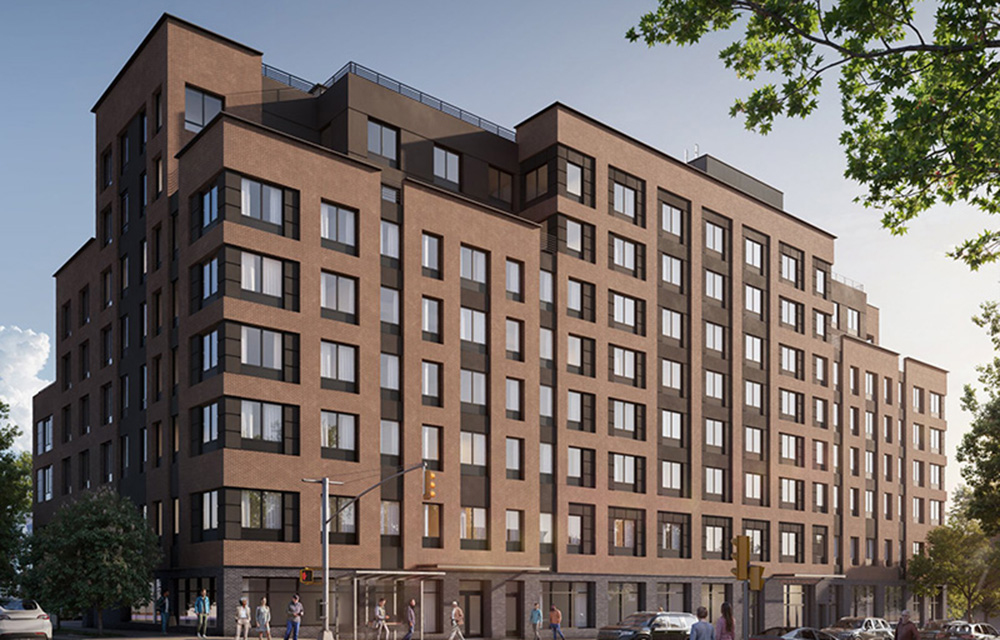Real estate, design and construction: Pain before gain in the post-COVID economy - by Barry LePatner

As our nation winds down from the most tumultuous year since World War II, it is long past time for us to turn our attention from the immediacies of the COVID-19 pandemic and begin to prepare for the years that will unfold once the vast portion of our population is vaccinated and some semblance of “normal” ensues.
Over the next year we will see our nation shift its approach to reflect the new exigencies of a post-pandemic real estate, design, and construction world, one that will see:
- Increasing numbers of urban residents working from home. A recent report from My Move found that nearly 16 million people fled large cities during the pandemic with 14.2 million people filing a permanent change of address form.
- A commercial office sector with dramatic occupancy declines to meet future needs. A staggering number of tenants will be reducing their leased footprints. This will also lead to new design ideas as the work-from-home mindset becomes ingrained in many industries;
- Increases in satellite offices to reflect worker movement out of cities;
- Construction delays due to a shortage of skilled labor and the impact of the pandemic on the supply chain for materials and products needed for construction; and
- Slowdowns in construction. Project delays have taken their toll. 87% of contractors report they are experiencing delays due to the coronavirus outbreak and expect delays to remain well into 2021.
The forthcoming recovery will be the product of three critical factors that will result in a decades-long $35 trillion construction boom as we begin to rebuild our nation.
As painful as this collective impact has been, there is a true “silver lining” on the near horizon, in the form of a strong recovery, beginning in 2022. The forthcoming recovery will be the product of three critical factors that will result in a decades-long $35 trillion construction boom as we rebuild a nation that has been facing critical needs to: (1) reframe our built environment to reflect health concerns generated by the COVID-19 pandemic; (2) address continuing demographic shifts toward the south and southwest areas of our country that have been in motion since the late 1980s; and (3) rebuild more than half of all of our building and infrastructure stock that is more than 50 years old and failing at an alarming rate.
Each of these needs will require massive federal government funding to reframe our national response to future pandemics. We will also see the first phases of a national commitment to rebuild our perilous bridges, roads, dams, and electric grid.
Additional funding will need to come from cities and states who will be responding to population shifts within their own jurisdictions. This funding will be critical as a means of providing tax incentives to enable real estate developers to add massive much-needed housing stock at all economic levels, and refocus investment on hospitals and schools heavily hurt by the pandemic.
The private sector will be incentivized to increase investment in telecom facilities encouraged by smart city initiatives to reflect accelerated growth of data centers and the continuing need for low interest rates. New manufacturing plants are already in the process of springing up across the country as suppliers of construction materials continue repatriating their facilities from overseas to domestic locations, while large new warehouses and distribution centers are set to attract billions of dollars of new investment.
Pent-Up Building Demand
The factors I’ve listed above portend the enormous pent-up demand reflective of a nation that will exceed 400 million citizens by 2050.
Our housing market has, in certain parts of the nation, remained healthy. Traffic on the real estate brokerage website Redfin is up about 40%, and the National Association of Realtors has announced that pending home sales are up 15% from last month.
We will likely see the increased importance of pre-fabricated structures and off-site construction. And we can expect to see contractors gradually push fabrication off-site and manufacturers expand their range of prefabricated subassemblies as developers begin to see the wisdom—and consummate cost savings—of this growing sector of the market.
Governments at all levels will need to encourage measures to meet carbon reduction targets by promoting the retrofitting of existing housing stock in countless ways leading to improved energy efficiency. Similarly, we should expect to see a shift in demand toward more sustainable buildings and communities that promote healthier lifestyles (such as access to local amenities and outdoor space, higher standards on air quality, and recycled and sustainable materials).
The recognition of a massive economic explosion and construction boom has been acknowledged by none other than Bill Gates who recently stated that, “The world will add 2 trillion square feet of buildings by 2060—the equivalent of putting up another New York City every month for the next 40 years.”
The collective impact of these shifts will inevitably lead to millions of new jobs as scientific advances arising from the lessons of the pandemic, coupled with increasing energy conservation and technology to meet a growing demographic, pave the way for a powerful new economy that will set the stage for future generations.
Barry LePatner is the founder of LePatner & Associates LLP and the CEO at Insights+ LLC, New York, N.Y.
Troutbrook expands with boutique condo project and Marriott Fairfield Inn & Suites renovation








.gif)
.jpg)
.gif)
.gif)